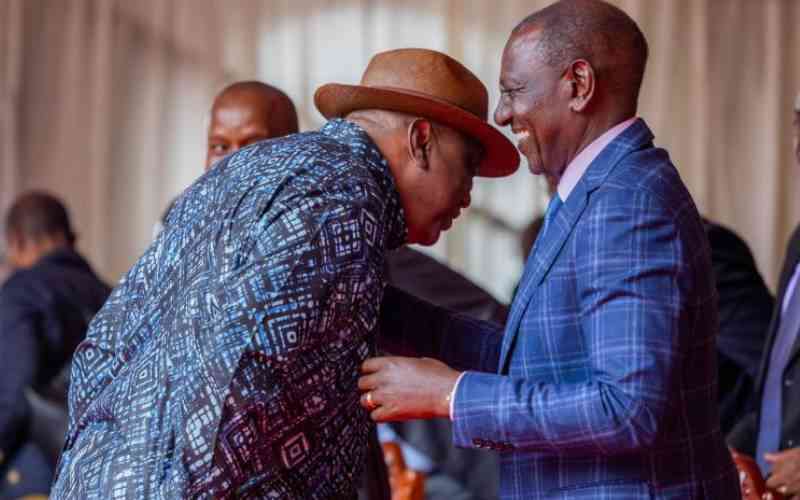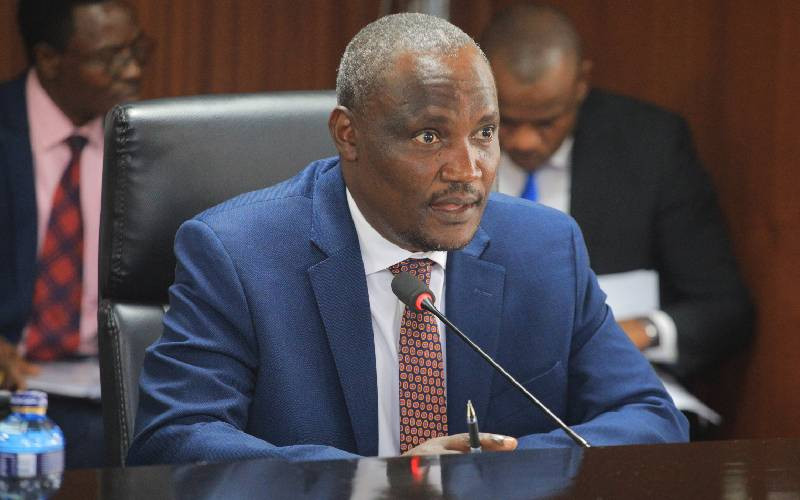×
The Standard e-Paper
Kenya's Bold Newspaper

If ever there was a week for President William Ruto and his Kenya Kwanza administration to demonstrate that they are as interested in governance-the "doing of the what" - as they obsessed and excited about politics - who gets to do what - it was the week ending November 22.
As we all know, public participation on proposed tax amendments began on November 18. Cabinet Secretaries signed performance contracts on November 19.







